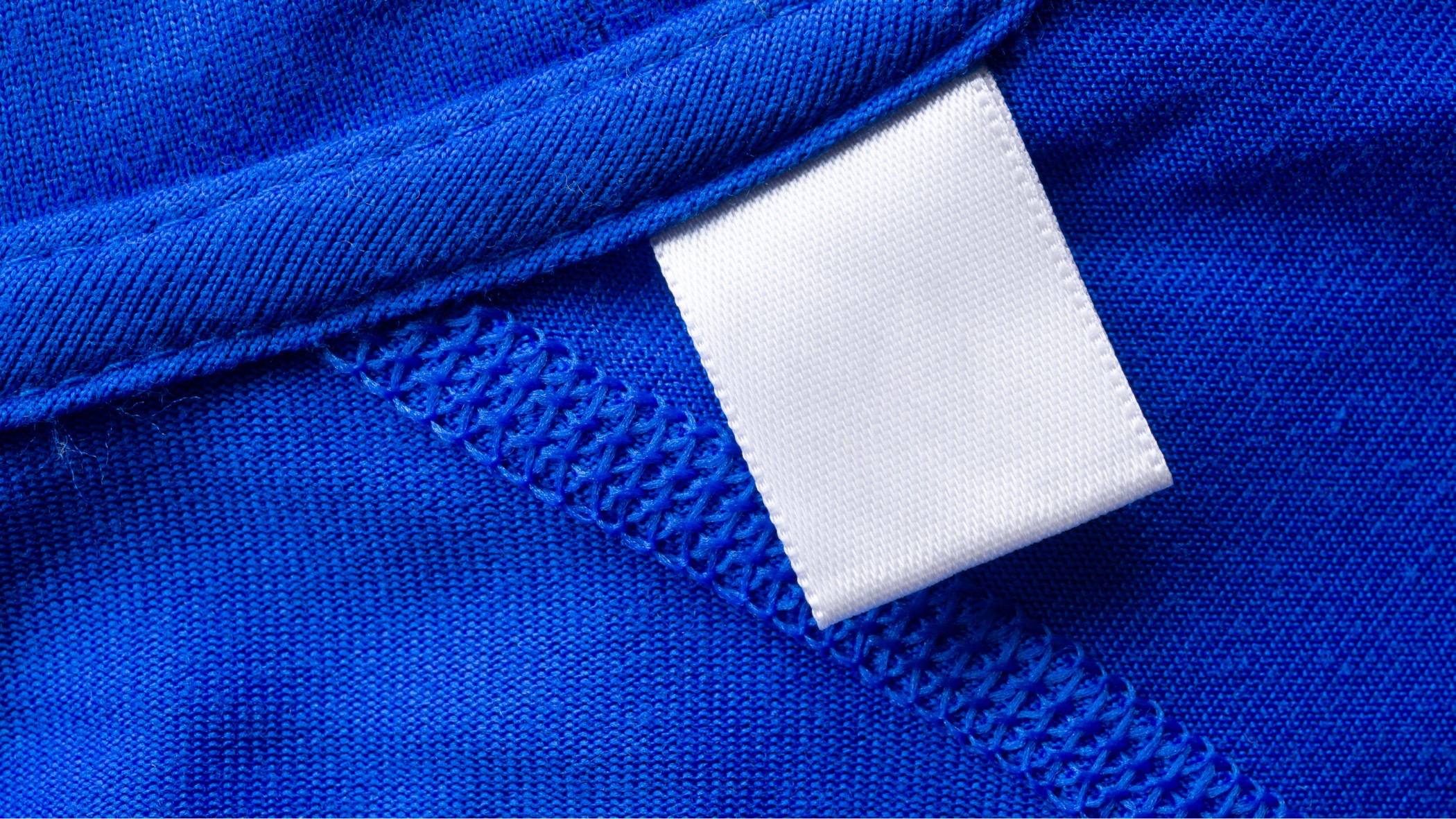4 Reasons Why You Should Be Cross-merchandising



Introduction
Cross-merchandising is a strategic product placement practice in which store owners and online retailers arrange new and high-margin merchandise alongside best-selling products to boost sales. It is a visual merchandising strategy to make consumers' shopping experience more convenient and remind them of extra items they require. When done correctly, cross-merchandising can enhance sales.
According to a retail report, nearly 70% of purchase decisions are made while standing in the store. The practice, intentional or otherwise, is a proven way to push brands up the sales ladder and in the purview of visibility for customers.
Clothing brands practice cross-merchandising by displaying a series of complimentary products upfront. Ties and socks, skirts and stockings, belts and handbags — the list is endless. A customer on the lookout for a tailored suit would love to be presented with a combination of ties, cuff links, and socks during his shopping spree.
Product placement and well-planned product displays are critical components of any retailer's merchandising strategy. On average, you have about eight seconds to capture the attention of customers as they take a stroll through your store. You may save your customers time by arranging everything they need in one location rather than having them wander through your entire store looking for items.
Cross-merchandising is the leading cause of impulse purchases. Nearly 70% of all in-store purchases are impulse buys. The trend continues in online retailing as well, as nearly 40% of all purchases are a result of impulse buying.
We see cross-merchandising everywhere, and it is equally appreciated by customers. 70% of shoppers are interested in seeing new products during their shopping spree. The practice is most effective for fast-moving consumer goods (FMCGs), which require the least research or significant budget allocation.
6 common examples of cross-merchandising
1. Impulse-based
The sock and tie basket at the end of the checking counter is no coincidence. Instead, they are all high-margin products that every customer wants but hardly seeks out.
2. Mission-based
People looking for skirts and shorts would love to find matching stockings and socks. So why not place them together?
3. Service-based
While shopping for a white shirt or t-shirt, it is prudent to purchase a camisole or white slip. Placing them together adds to the shopping experience of customers and saves them a second trip to the store.
4. Reminder-based
Placing measuring tapes and a sewing kit right next to the loose fabric station aisle is a good way to alert people of their craft inventory.
5. Aesthetic-based
Ribbons, chiffon, and lace curtains make for a pleasing and cozy aesthetic. Placing them together is a fine way to lure customers into buying the entire ambience.
6. Occasion-based
Cross-merchandising is ideal for the festive seasons like Halloween and Christmas. This subtle upselling method will shift your consumers' focus from individual products to potential gift packages.
4 reasons why you should be cross-merchandising
1. It draws attention
The primary purpose of visual merchandising is to create attractive and engaging displays for customers. Strategically placed shelves of themed products and cross-merchandising of new and exclusive products with natural bestsellers are all key to creating unique and useful experiences for buyers.
Contrary to traditionally held beliefs, a customer's buying behavior is deeply impacted by their sensory cues. When scanning the stores, customers intend to make no-brainer purchases. Nearly 7 out of 10 store shoppers are inclined to leave a store with a purchase in hand. A strategically planned display introduces them to products from various brands that might fit their interest.2. It triggers impulse purchase

Nobody intentionally seeks out fancy ties or discounted socks during their casual shopping stroll. But 9 out of 10 times, a customer will pick up a discounted sock bundle at the checkout counter. This phenomenon is referred to as impulse purchase.
Impulse shopping is a significant selling leg for brick-and-mortar shops. 8 out of 10 customers who impulse buy do it while standing at a store, which can be the sole reason why strategic product placement of in-demand, high-utility, and discounted goods is an efficient way for you to push new products to the public.
3. It creates a hotspot
Cross-merchandising is commonly referred to as cross-selling as it promotes sales of relative products. Products with a natural relation to each other can be grouped together, but the practice isn’t only about complementary items. Big corporations who exhibit confidence in their customer loyalty place vastly different products together as well.For instance, a clothing store selling multiple brands with competitive pricing places a combination of products for the customer to pick from. Placing differently priced jackets within proximity creates a natural demand for the most modestly priced jacket.
4. It’s helpful
Complementary products placed alongside each other is an established market practice because customers seek the guidance and expertise of store owners.
Most customers exhibit extreme bias while making purchasing decisions. This keeps them from trying new things out, even if it is a better, more affordable option for them. Cross-merchandising of similar products with different price points can break this bias.
Instead of displaying the entire collection of jeans together, a smart cross-merchandising strategy would be to place belts, socks, and watches of a similar color theme together.
3 ways to use cross-merchandising to increase sales
1. Take advantage of the bestsellers
The area around your best sellers is the holy ground for cross-merchandising. Store owners can display new products near the bestsellers, as they attract the most foot traffic in the store.
Cotton shirts are a high seller in the summer, whereas the sales of wool stockings and scarfs scale up during the fall. Strategic product placement, regardless of relativity or direct linkage, is a recommended business practice.
2. Make it irresistible
Customers are always on the lookout for items that bring ease to their lives. As per a report by Deloitte, in-store purchasers seek a friction-free shopping experience. A sure-shot way to make cross-merchandising irresistible is to design it in a way that brings material comfort to customers.
Placing a glass cleaning solution near the sunglass station, a stain removal pen next to the white pants, and so on nudges the customers in the right direction. It also induces a “Viola! Never-thought-of-it" moment that tricks them into thinking that they are making a responsible and smart shopping choice.
3. Keep it exclusive
A product's exclusivity changes with seasons, trends, and occasions. Utilize the limited space in your storefront with exclusive offers and attractive products. Create tableaux of products using J-stands, high towers, and clothing that either hang or drape. You can also place similar products with different price points to induce the illusion of choice and orchestrate add-on buys.
Cross-merchandising is the best zero-cost advertising practice for your store
Cross-merchandising strategy is unique for every store, as it is based on the products, services, and funnel stage of brands. It is a simple and efficient approach for increasing sales and customer satisfaction in retail establishments. To cross-merchandise effectively, it is vital to keep a finger on the pulse of customers' purchase behavior and sales data. When done effectively, it can increase sales by enhancing customer satisfaction and reminding individuals of a need or problem that needs to be addressed.




















